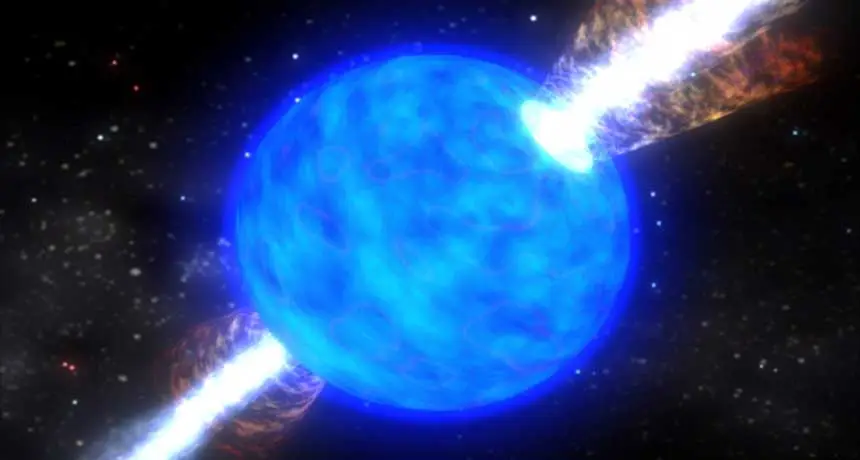Dying stars called collapsars may forge much of the universe’s gold
Spinning stellar objects collapsing into black holes could help explain heavy elements’ origins

BLAST FROM COLLAPSE A collapsar occurs when a massive, spinning star collapses into a black hole, powering a blast of light known as a long gamma ray burst (illustrated) and exploding the star’s outer layers.
NASA Goddard Space Flight Center